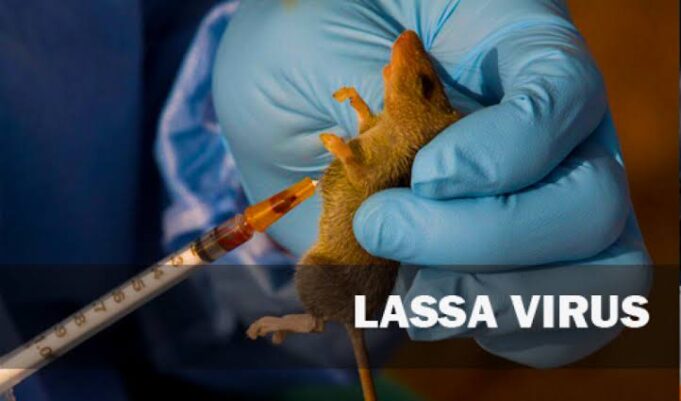The Nigeria Centre for Disease Control (NCDC) has confirmed the death of 200 persons from Lassa fever, representing 17.1 per cent in 28 states and 114 Local Government Areas in 2023.
The NCDC, via its official website on Sunday, said aside from the fatality, there were 8,542 suspected cases and 1,170 confirmed cases in the affected areas as of December 3, suggesting that 2023 may witness the higher number of cases.
Lassa fever is an acute Viral Haemorrhagic Fever (VHF) caused by the Lassa virus.
The natural reservoir for the virus is the Mastomys natalensis rodent, commonly known as the multimammate rat or the African rat. Other rodents can also be carriers of the virus.
The virus spreads through direct contact with the urine, faeces, saliva, or blood of infected rats, as well as contact with objects, household items, and surfaces contaminated with the urine, faeces, saliva, or blood of infected rats.
Other sources of contact include the consumption of food or water contaminated with the urine, faeces, saliva, or blood of infected rats.
Person-to-person transmission could also occur through direct contact with blood, urine, faeces, vomitus, and other body fluids of an infected person.
The agency said every year, the Federal Government through the Federal Ministry of Health and Social Welfare and NCDC’s National Lassa Fever Technical Working Group (TWG), leads efforts to prevent, detect, and respond to cases of Lassa fever across the country.
READ ALSO: Lassa fever: 26 adults, 14 children on admission in Edo — Govt
It noted that NCDC has recorded a steady increase in states reporting Lassa fever due to improved surveillance, better community awareness, environmental degradation from climate change and other deleterious human activities in the environment.
It stated that annual outbreaks of Lassa fever also involved the infection and death of healthcare workers.
It lamented that the loss of life could involve a significant loss of a loved family member, a spouse, a parent, and often a seasoned healthcare worker and team member.
This, it said, exacerbated the challenge of insufficient human resources for health in the country.
It added: “Now that the dry season is here, the NCDC’s Lassa fever TWG has implemented strategic measures to enhance coordination, collaboration, and communication, enhancing preparedness and readiness for potential surges in Lassa fever cases.
“These measures include conducting biweekly national TWG meetings to improve preparedness, readiness and response activities for control and management of Lassa fever using a One Health approach.”
It also involves “Issuing joint alert on Cerebrospinal Meningitis (CSM) to TWG to guide state-level preparedness, readiness, and response activities in Lassa fever and CSM during this season that both diseases share.
Other parts of the measures include: “Capacity building of some healthcare workers across all the geopolitical zones on Lassa fever preparedness, readiness, and response through the pilot Lassa fever clinical management fellowship, are also some measures.
“Conducting a bi-weekly Lassa fever webinar series on topics covering the different pillars of the TWG such as case management, surveillance, IPC, risk communication and logistics to get all actors in control and management of Lassa fever ready for the predicted surge in confirmed case numbers.”
Others are the prepositioning and distribution of medical supplies for case management, infection prevention, and control, and laboratory diagnosis in all Lassa fever treatment centres in the country.










